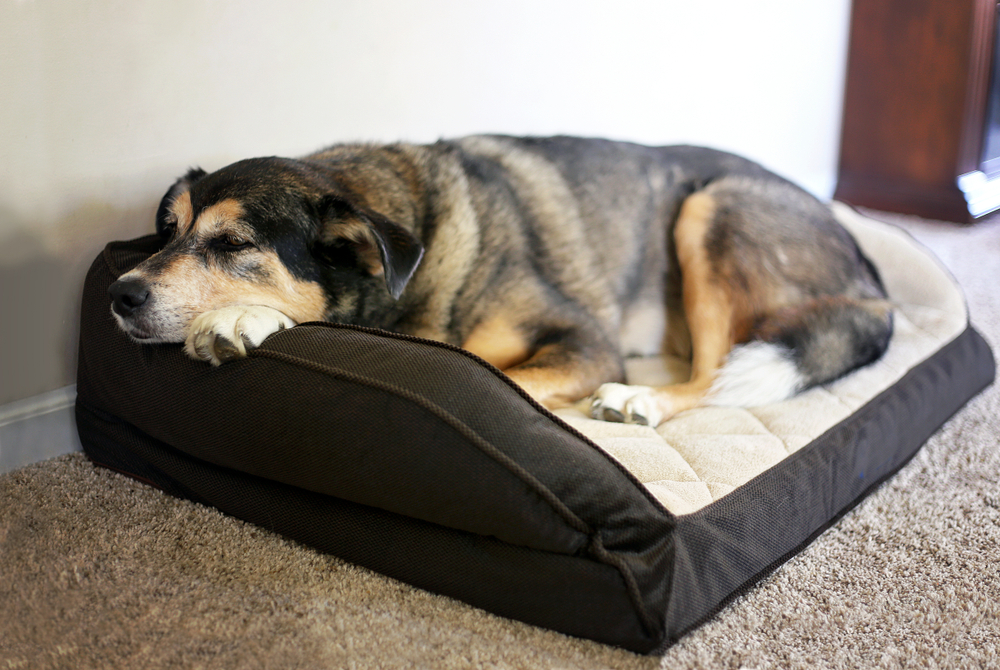Bladder stones (or what are referred to as uroliths or calculi) can form in dogs, cats, and humans. These often look exactly like stones you can find on the ground outside, and they can come in many different sizes. Calculi can form in any type of breed, male or female and often cause bladder discomfort. Urine crystals can be seen under a microscope to help diagnose bladder stones, however, it is possible for your pet to have stones without the presence of urinary crystals.
How to tell if your dog might be affected:
- Painful urination- often straining
- Frequent urination- not able to empty the bladder completely
- Hematuria- bloody urine
Bladder stones can irritate the bladder walls, which is why sometimes you can see blood in the urine as well as frequently urinating. Sometimes if the stones become lodged in the urethra the dog cannot urinate fully or become completely blocked. It requires immediate surgery, as often these pets become very sick and if it goes untreated is fatal.
How does your pet develop stones?
- If the urine becomes too acidic or too alkaline (food and some medications play a role in urine acidity)
- Chronic bladder infections can change urine pH and cause crystals to form in the bladder
- Ingestions of minerals higher than the recommended dose (calcium is often used to give dogs to stop their urine from burning the grass but can cause the development of stones)
- Predisposition- breeds such as Dalmatians and bichons can metabolize minerals differently making them predisposed to uroliths
How can we tell if your pet has bladder stones?
We recommend doing a urinalysis so we can see if any urinary crystals are present and also to tell us what the urine pH is. Then we will perform bladder radiographs, here was can visualize how big the stones are and how many will need to be removed. The surgical procedure of opening the walls of the bladder to remove calculi is called a cystotomy.
How will we treat?
Bladder stones need to be surgically removed if possible, to avoid the pet from becoming blocked later on. Some Veterinary exclusive diets have what is called a ‘urinary index’ meaning it will aid in dissolving the uroliths as well as help prevent your pet from developing them. The stones will then be sent to an outside laboratory where they can determine what type of stone it is. A stone can have many layers and often made up of different types. Once the stones are removed, the bladder walls become healthy again, and the pet returns to normal urination patterns.
Written By: Carly Jeffery, RVT
